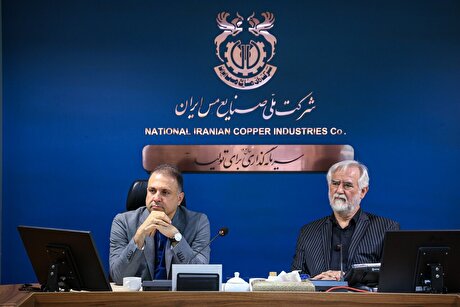
Mineral exploration in Australia: Good News

Exploration increasing
First, mineral-exploration expenditure is increasing in Australia, following the low reached last year.
In terms of minerals, gold remains the dominant sector, accounting for approximately 45% of total exploration expenditure.
But this year, there has been an encouraging increase in expenditure on base metals (e.g. copper, nickel, zinc).
In terms of states, Western Australian accounts for about two-thirds of exploration expenditure.
But since last year, there has been a jump in New South Wales, which (apart from coal) has gold and base metals. Expenditure in Queensland, the second-most important mining state, has been steady (albeit at a much lower level than during the boom years).
The increase in exploration expenditure is consistent with other indicators (e.g. strong export growth, improving supplier activity) that mining, battered by the downturn of the last few years, is turning around.
Government encouragement of exploration
Second, the Prime Minister, Malcolm Turnbull, announced on 2 September that the government is to commit A$100 million to encourage exploration by junior mining companies (meaning in this context small-to-medium-sized companies that focus on exploration).
Under the scheme, “Australian resident investors will receive a tax credit where the exploration company chooses to give up a portion of their losses relating to their greenfields exploration expenditure in an income year”.
As explained by law firm Gilbert + Tobin, “this important tax benefit takes deductions from an exploration company and passes them to investors as a credit against tax payable on other income”.
The trouble facing a junior mining company is that it “is likely to have no income for many years until it turns a profit from a successful mine and therefore does not benefit from deductions” until this occurs (which in many cases it never does).
The mining industry has been pushing for such a scheme for some years. It is based on the so-called “flow-through share” scheme that operates successfully in Canada.


Trump weighs using $2 billion in CHIPS Act funding for critical minerals

Electra converts debt, launches $30M raise to jumpstart stalled cobalt refinery

Codelco cuts 2025 copper forecast after El Teniente mine collapse

Barrick’s Reko Diq in line for $410M ADB backing

Abcourt readies Sleeping Giant mill to pour first gold since 2014

SQM boosts lithium supply plans as prices flick higher

Nevada army depot to serve as base for first US strategic minerals stockpile

Pan American locks in $2.1B takeover of MAG Silver

Viridis unveils 200Mt initial reserve for Brazil rare earth project

Kyrgyzstan kicks off underground gold mining at Kumtor

Kyrgyzstan kicks off underground gold mining at Kumtor

KoBold Metals granted lithium exploration rights in Congo

Freeport Indonesia to wrap up Gresik plant repairs by early September

Energy Fuels soars on Vulcan Elements partnership

Northern Dynasty sticks to proposal in battle to lift Pebble mine veto

Giustra-backed mining firm teams up with informal miners in Colombia

Critical Metals signs agreement to supply rare earth to US government-funded facility

China extends rare earth controls to imported material

Galan Lithium proceeds with $13M financing for Argentina project

Kyrgyzstan kicks off underground gold mining at Kumtor

Freeport Indonesia to wrap up Gresik plant repairs by early September

Energy Fuels soars on Vulcan Elements partnership

Northern Dynasty sticks to proposal in battle to lift Pebble mine veto

Giustra-backed mining firm teams up with informal miners in Colombia

Critical Metals signs agreement to supply rare earth to US government-funded facility

China extends rare earth controls to imported material

Galan Lithium proceeds with $13M financing for Argentina project

Silver price touches $39 as market weighs rate cut outlook

















